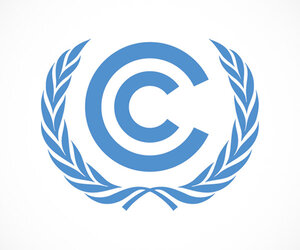TESEO: helping to safeguard the environment
Maybe Treaty Enforcement Services using Earth Observation ( TESEO) is not one of the catchiest titles but the work it does is more interesting – and useful - than it sounds.
In order to protect our environment a number of international treaties and conventions have been drawn up. Regrettably, sometimes these remain little more than pieces of paper as not all countries sign them and even those that do, sometimes have difficulty in implementing them.
ESA is convinced that Earth observation satellites can play a useful role in ensuring that international conventions and treaties are respected and put into effect. To follow through this idea, in 2001 it set up TESEO, which is also part of its contribution to Europe’s Global Monitoring for Environment and Security (GMES)Initiative.
The four areas of environmental protection with which TESEO is presently concerned are:
- marine pollution – MARPOL 73/78 and regional conventions related to marine pollution
- wetlands – Ramsar Convention
- forest monitoring – Kyoto Protocol to the UN Framework Convention on Climatic Change
- desertification – UN Convention to Combat Desertification
Although ESA’s Earth observation satellites are not there to police the skies TESEO can help to implement treaty objectives. Together with the local, national and international organisations involved in treaty enforcement, TESEO project teams will assess and evaluate ways in which existing and future Earth Observation technology can help to implement international agreements, particularly those of interest to Europe. An added benefit is that this will also increase awareness of how Earth observation satellites can help in environmental monitoring.

One of the first and most positive results to date has been the widespread involvement of all those concerned. This includes the national and international institutions involved in implementing the agreements as well as the convention secretariats, all of which have been closely involved in developing the projects.
A new key development is the TESEO website. Here visitors can find information on the four conventions; the respective TESEO projects and the project teams; recent publications and developments, such as the TESEO User Brainstorming Event or TUBE; and, of course, contact the TESEO team with ideas and comments. Already the website is proving to be a valuable channel of communication and soon, visitors will be able to check out the first results as they come in from the projects.
One of the best ways to ensure - and speed up - the implementation of international environmental treaties and conventions is to bring together all those concerned and to make use of the valuable environmental data supplied by satellites. Through TESEO, that is what ESA intends to do.





